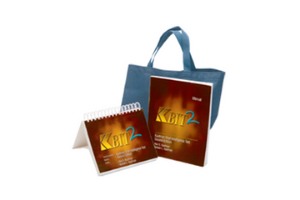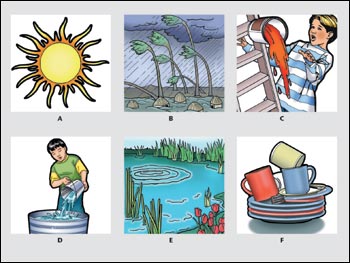Description
Kaufman Brief Intelligence Test Second Edition (KBIT-2) is a brief measure of verbal and nonverbal intelligence used with individuals ages 4 through 90 years.

Kaufman Brief Intelligence Test Second Edition (KBIT-2) is a brief measure of verbal and nonverbal intelligence used with individuals ages 4 through 90 years.
Kaufman Brief Intelligence Test Second Edition (KBIT-2) is a brief measure of verbal and nonverbal intelligence used with individuals ages 4 through 90 years.
Alan S. Kaufman, PhD, Nadeen L. Kaufman, EdD
Age Range:4:0-90:0
Administration:Easel-based
Scoring Option:Manual Scoring
RTI Tiers:RTI Level 2
Completion Time:Approximately 20 minutes
Scores/Interpretation:Crystallized (Verbal), Fluid (Nonverbal), IQ Composite: Standard scores (M = 100, SD = 15) and percentile ranks by age
Publication Date:2004
Professionals depend on the Kaufman Brief Intelligence Test (K-BIT) to measure both verbal and nonverbal ability. The second edition, also developed by leading cognitive ability experts Alan and Nadeen Kaufman, gives you the same practical and affordable test with enhanced benefits.
KBIT-2 provides:
 |
| An example of new full-color art from the Verbal Knowledge subtest. |
Like its predecessor, KBIT-2 can be used in a variety of situations. With KBIT-2, you can:
KBIT-2 measures two distinct cognitive abilities through two scales—Crystallized and Fluid.
Although the KBIT-2 Crystallized (Verbal) Scale must be administered in English, correct responses in other languages are given credit. The KBIT-2 provides correct Spanish language responses on the record form for the Riddles subtest, making scoring easier and more accurate.
Like the original, KBIT-2 continues to provide:
Presenter: Gloria Maccow, PhD

The KBIT-2, a brief measure of verbal and nonverbal intelligence, is used with individuals ages 4 through 90 years. The test is used in a variety of settings, including clinical, educational, vocational, and research settings. This one-hour webinar will provide a description of the KBIT-2. The presenter will focus on administration, scoring, and interpretation of the subtests, as well as technical properties of the instrument.
Date: Sep 28, 2011